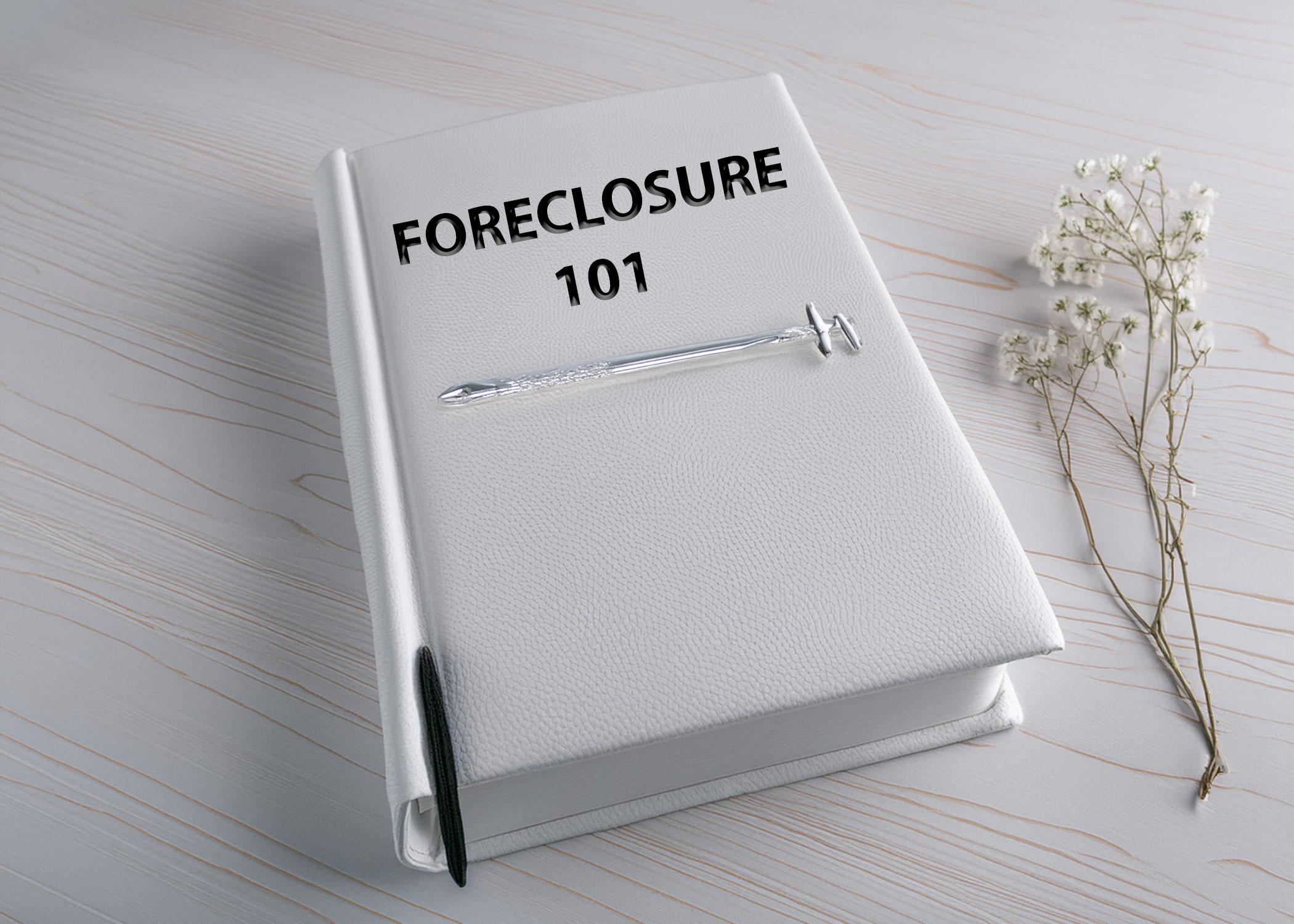
Foreclosure Basics: Foreclosure is a legal process that allows a lender to take control of and sell your property if you fail to repay your loan. In California, there are two main types of foreclosure: non-judicial and judicial.
Types of Foreclosure:
Non-Judicial Foreclosure:
Judicial Foreclosure:
Key Steps and Considerations for Non-Judicial Foreclosure:
Pre-Foreclosure:
During Foreclosure:
Auction Sale:
After the Sale:
Your Rights as a Borrower:
Anti-Deficiency Rules: In non-judicial foreclosures, the lender cannot seek additional payment from you if the sale doesn’t cover the full loan amount.
Why This Matters: Understanding these procedures helps you know what to expect and explore possible options to avoid foreclosure. If you’re facing foreclosure, consulting with an experienced attorney can provide guidance tailored to your situation.
Feel free to ask any questions or discuss any concerns you might have. We’re here to help you navigate this challenging process.


Practice Areas
LA
OC
VNTR
SB
SD
Main address
Law Office of Aaron Berger
15260 Ventura BLVD #1200
Sherman Oaks, CA 91403
(866)764-3815